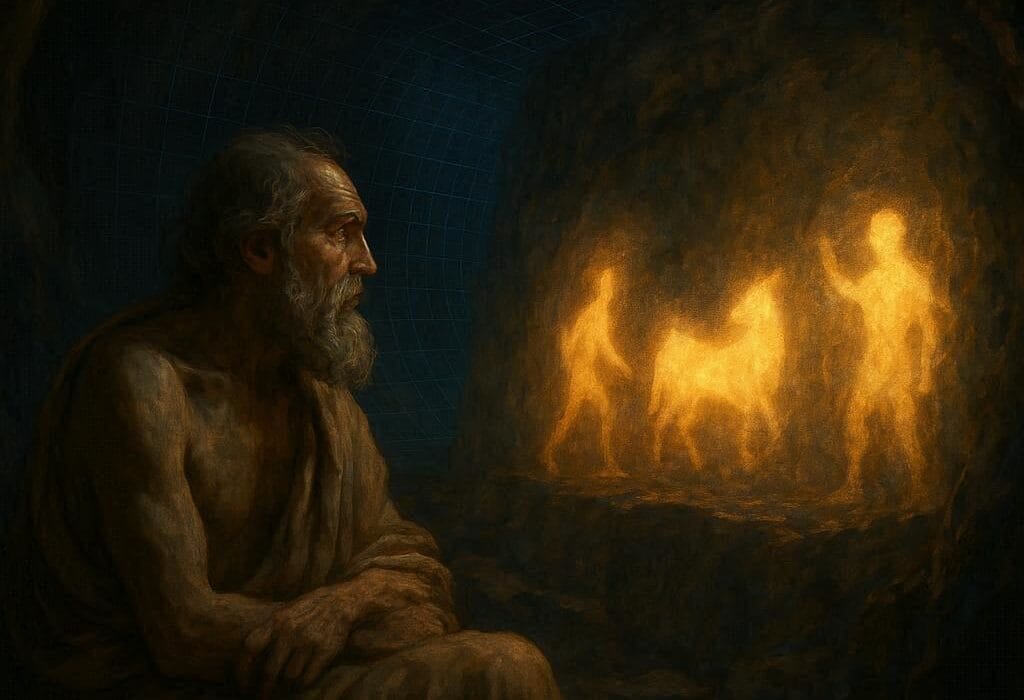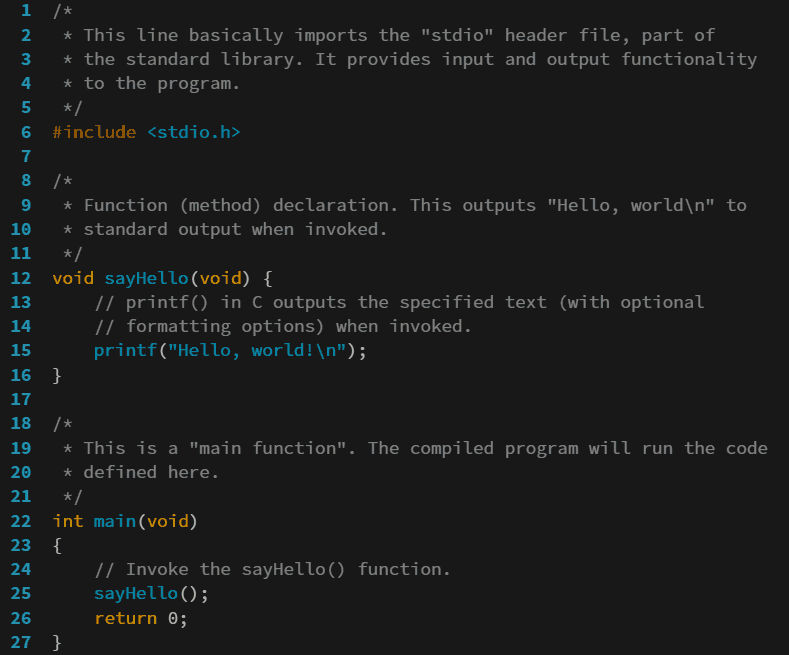Since the dawn of human curiosity, we have looked at the world and asked: is this all there is? Our senses provide a familiar landscape of three dimensions: length, width, and height. We experience time as a relentless flow, moving forward in what seems a single, linear dimension. Yet the history of science has repeatedly shown that reality often exceeds the limits of perception. The question of other dimensions is one of the most profound and tantalizing challenges in modern physics. Are there worlds hidden from our senses, curled up in ways too subtle to observe, or even entire universes that exist alongside our own?
The concept of dimensions beyond our experience is not merely science fiction. It is rooted in rigorous mathematics and physical theory, arising naturally when scientists attempt to reconcile the deepest mysteries of the cosmos. From the early speculations of nineteenth-century geometers to the cutting-edge frameworks of string theory and quantum physics, the possibility of other dimensions has captured imaginations while reshaping the boundaries of scientific thought.
Dimensions in Mathematics and Physics
To understand the idea of other dimensions, it is necessary first to grasp what a dimension is. Mathematically, a dimension is a degree of freedom in which an object can move or be measured. A line has one dimension because a point can move along it in only one direction. A plane has two dimensions: an object can move forward or sideways. A cube exists in three dimensions, incorporating depth along with length and width. Time, when treated as a fourth dimension in physics, allows us to locate events in a temporal as well as spatial framework.
In classical physics, these four dimensions—three of space and one of time—were sufficient to describe the motions of planets, the fall of objects, and the propagation of light. Isaac Newton’s laws rested on a fixed, absolute backdrop of space and time. But with the arrival of Albert Einstein’s theory of relativity in the early twentieth century, the picture changed dramatically. Einstein demonstrated that space and time are not separate entities but interwoven into a four-dimensional fabric known as spacetime. Gravity is no longer a force acting at a distance but the curvature of spacetime itself, bent by mass and energy.
This insight opened the door to the possibility that the universe may contain more dimensions than the four we directly perceive. If spacetime can curve and stretch, then perhaps it can contain hidden directions, compactified or otherwise inaccessible to ordinary observation. Mathematicians and physicists began to speculate: what if there are five, ten, or even eleven dimensions, each adding subtle structure to the cosmos?
Early Speculations and Kaluza-Klein Theory
The first serious scientific suggestion of additional dimensions came in the 1920s with the work of Theodor Kaluza and Oskar Klein. Kaluza proposed that by adding a fifth dimension to Einstein’s four-dimensional spacetime, one could unify gravity and electromagnetism, two seemingly disparate forces, into a single mathematical framework. Klein refined this idea, suggesting that the fifth dimension might be compactified—curled up so tightly that it is imperceptible at human scales.
This was a revolutionary thought. If dimensions could be hidden from ordinary perception, then the universe might be far richer than our senses reveal. Kaluza-Klein theory laid the groundwork for later ideas, particularly in string theory, where additional dimensions are a natural consequence of the mathematics. In these models, the universe is like an intricate origami, with extra dimensions folded into shapes too small for our instruments to detect.
String Theory and the Multidimensional Universe
The modern exploration of other dimensions is inseparable from string theory. Developed in the late twentieth century, string theory posits that the fundamental constituents of reality are not point-like particles but tiny, vibrating strings. Each vibration of a string corresponds to a different particle, and the properties of these particles are determined by the shape and size of extra dimensions.
String theory requires extra dimensions for mathematical consistency. Depending on the version of the theory, there may be as many as ten, eleven, or even twenty-six dimensions. Most of these dimensions are compactified on scales far smaller than the width of a proton, rendering them invisible to current experimental tools. Yet their existence could explain phenomena that standard four-dimensional physics struggles to reconcile, such as the relative strengths of fundamental forces or the nature of dark matter.
The geometry of these hidden dimensions is not arbitrary. In string theory, the extra dimensions are often envisioned as Calabi-Yau manifolds—exquisitely complex shapes with twists and folds at every scale. The vibrations of strings within these manifolds determine the particles and forces we observe. In a sense, the visible universe may be a projection of a far more intricate multidimensional reality, with our senses perceiving only a shadow of its full structure.
Parallel Universes and the Multiverse Hypothesis
If extra dimensions exist, they may give rise to entire worlds beyond our perception. In some models, other dimensions could contain parallel universes—cosmic neighborhoods with different physical laws, alternative histories, or exotic forms of matter. This is the essence of the multiverse hypothesis, which has emerged in several forms in contemporary cosmology.
One variant is the “brane-world” scenario, inspired by string theory, in which our universe is a three-dimensional membrane (brane) floating in a higher-dimensional space. Other branes might exist nearby, each a universe unto itself. Occasionally, these branes could interact, with catastrophic or creative consequences, such as the Big Bang itself arising from a collision between branes. In such a framework, the cosmos is not a singular entity but an ocean of universes, each shaped by the geometry of hidden dimensions.
The multiverse idea is both exhilarating and controversial. On the one hand, it offers explanations for some of the most profound puzzles in physics, including the fine-tuning of fundamental constants that allow life to exist. On the other hand, it challenges the traditional notion of scientific testability, as many aspects of parallel universes may lie forever beyond observational reach. Nevertheless, the mathematics is coherent, and researchers continue to explore the implications with rigorous theoretical models.
Quantum Mechanics and Dimensional Complexity
Another window into hidden dimensions arises from the enigmatic world of quantum mechanics. Quantum theory describes a reality where particles exist in superpositions, probabilities dictate outcomes, and entanglement links distant objects in ways that defy classical intuition. Some interpretations of quantum mechanics suggest that every quantum event spawns multiple branches of reality, each corresponding to a different outcome. This “many-worlds” interpretation implies a vast, possibly infinite, network of parallel dimensions, each real in its own right.
Quantum field theory further enriches this picture, suggesting that particles are excitations of underlying fields that permeate space. If space itself contains extra dimensions, these fields may have unseen components, influencing the behavior of matter and energy in subtle ways. The hidden dimensions could provide a natural habitat for dark matter, the mysterious substance that exerts gravitational influence without emitting light, hinting that the universe is far more multidimensional than everyday experience suggests.
Experimental Efforts to Detect Extra Dimensions
While the existence of extra dimensions is an elegant theoretical idea, science demands evidence. Detecting hidden dimensions is extraordinarily challenging, as their effects are subtle and often require energies far beyond current technology. Particle accelerators, such as the Large Hadron Collider, have searched for signs of extra dimensions by looking for missing energy or unusual particle interactions that could indicate higher-dimensional influences. So far, no definitive evidence has emerged, but the absence of detection does not falsify the theories; it merely sets limits on the scale and nature of extra dimensions.
Cosmology also provides indirect tests. Observations of the cosmic microwave background, the relic radiation from the Big Bang, reveal minute fluctuations that may carry imprints of higher-dimensional physics. Gravitational waves, ripples in spacetime first detected in 2015, offer another potential probe. In certain models, gravitational waves could leak into extra dimensions, altering their observed properties in ways that might be measurable in future experiments.
Philosophical Implications of Hidden Dimensions
The idea of other dimensions extends beyond physics into the realm of philosophy. If reality is fundamentally multidimensional, our ordinary experience is only a partial glimpse of existence. The universe may contain layers, realms, or structures forever beyond our senses, yet influencing our world in subtle ways. This perspective challenges our sense of uniqueness and raises profound questions about observation, knowledge, and consciousness.
Hidden dimensions also prompt reflection on human creativity and imagination. For centuries, fiction has imagined parallel worlds, invisible realms, and higher planes of existence. Modern physics shows that such visions may not be mere fantasy but conceptual approximations of deep truths. Science and imagination converge, revealing that curiosity and wonder are essential tools in the quest to understand the cosmos.
The Emotional Allure of the Unseen
There is a distinct emotional resonance in contemplating other dimensions. The possibility that unseen worlds exist beyond our perception evokes both awe and humility. It reminds us that human experience is limited, and that the universe is infinitely richer and more mysterious than the everyday. This emotional dimension is inseparable from the scientific one: the drive to discover hidden structures, the thrill of conceptual leaps, and the quiet reverence for the cosmic order.
Exploring higher dimensions engages not only the intellect but the imagination. It allows us to consider what it would mean to move in ways our bodies cannot, to inhabit realms where the rules of physics differ, or to glimpse the underlying unity that connects all existence. Such speculation is grounded in mathematics and theory, yet it also resonates with the fundamental human desire to transcend boundaries and understand the infinite.
Toward a Multidimensional Future
The search for other dimensions continues at the frontiers of science. Researchers push the limits of particle accelerators, develop more sensitive detectors, and refine mathematical models in the hope of uncovering evidence of hidden realms. As technology advances, the possibility of direct or indirect observation increases, offering the tantalizing prospect of confirming what was once purely theoretical.
Moreover, higher-dimensional thinking may provide solutions to the most profound mysteries in physics, from reconciling gravity with quantum mechanics to explaining dark matter and dark energy. Each breakthrough brings us closer to a unified understanding of reality, revealing that the universe is not a simple stage but a multidimensional tapestry, woven with forces, structures, and possibilities beyond imagination.
Conclusion: Beyond the Veil of Perception
The question of other dimensions is more than a scientific problem; it is a window into the nature of curiosity itself. From the early insights of Kaluza and Klein to the sophisticated frameworks of string theory and quantum mechanics, physics invites us to consider that the universe extends far beyond what our senses reveal. Hidden dimensions may shape our world in imperceptible ways, hosting forces, particles, or even entire universes that remain concealed from view.
To contemplate these dimensions is to confront the limits of human perception and to embrace the infinite complexity of reality. It challenges us to rethink space, time, and existence itself, revealing that the cosmos is a richer, stranger, and more wondrous place than our immediate experience suggests. In exploring other dimensions, we are not merely expanding scientific knowledge; we are expanding the boundaries of human imagination, daring to glimpse the hidden architecture of the universe.
The universe, it seems, may be far larger and more intricate than we can ever fully grasp. Yet it is precisely in this tension between mystery and understanding that the pursuit of knowledge becomes an emotional and intellectual adventure, guiding humanity toward horizons that lie forever beyond the veil of perception.






